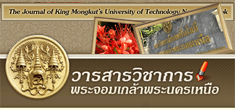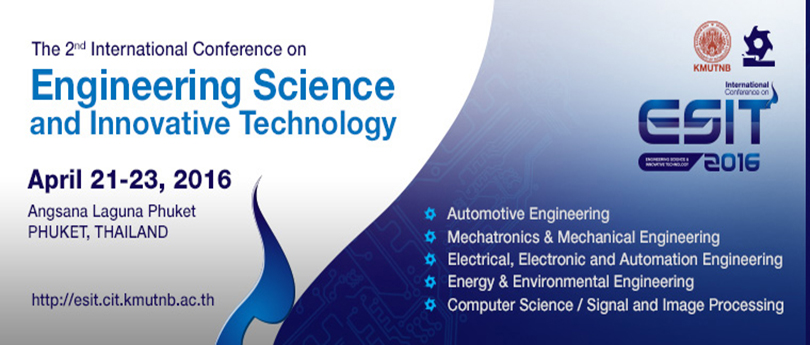Abstract
Welding process performed under an improper condition usually causes workpiece deflection due to the different heat energy conducting into each location of workpiece. This results in the different thermal expansion and accordingly introduces the deflection of workpiece after being welded. The manufacturing of leaf spring’s holder for automobile also involves the welding process. Based on the welding of such automotive part in a case-studied company, the workpiece obtained after the gas metal arc welding process (GMAW) presented the deflection of greater than 1 mm which is out of the customer’s limits. This significant degree of deflection can directly affect the assembling process in the automotive manufacturing and also alters the ability to withstand the mechanical loads to which is not corresponded with the engineer’s design and calculation. Therefore, this research aims at decreasing the workpiece deflection after the gas metal arc welding process. The results revealed that the welding current, voltage, speed and welding sequence were the significant factors affecting the work deflection, and the optimum welding parameters for minimizing the deflection were the welding current of 130 A, voltage of 19 V and welding speed of 50 cm/min. This optimum condition can cause the deflection of only 0.83 mm. In addition, the welding sequence associated with the alternating technique can well spread heat evenly in the workpiece, thus decreasing the heat discrepancy of workpiece. By using this welding sequence, the deflection can be minimized and successfully conformed to the customer’s requirement.
Keywords : Distortion, Welding process, Gas metal arc welding, Automotive part, Optimization




